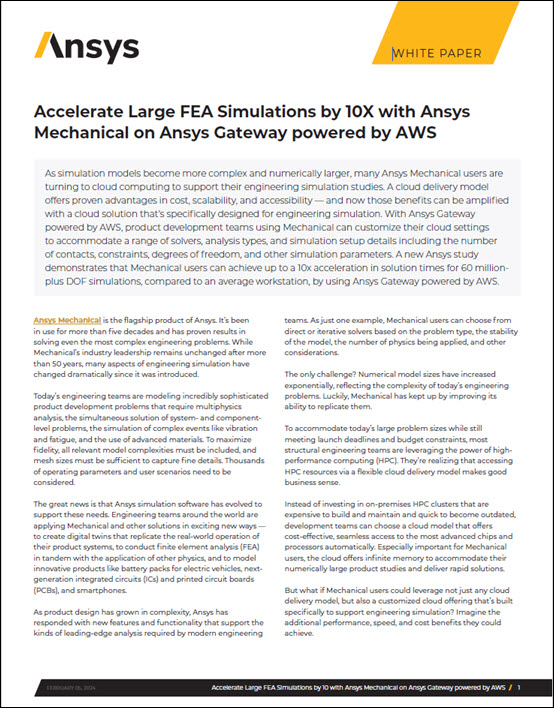
Blue Waters, supported by NCSA and the University of Illinois (credit: NVDA)
Catching up on a development possibly missed during the holidays, the National Center for Supercomputing Applications (NCSA) last month announced that one of the more famous HPC systems of the past decade, the leadership-class Blue Waters supercomputer, is being decommissioned.
Blue Water had its origins in 2007, when the National Science Foundation awarded $208 million for the Blue Waters project. IBM was the initial prime contractors, but in August 2011, the company terminated its contract to provide hardware for the project and refunded payments it had received. Cray Inc. then was awarded a $188 million contract with the University of Illinois at Urbana-Champaign to build the supercomputer, and the system was installed in phases in 2012.
Blue Waters ran science and engineering code at sustained speeds of at least one petaFLOPS. It has more than 1.5 PB of memory more than 25 PB of disk storage, and up to 500 PB of tape storage.
Here is NCSA’s tribute to the venerable system:
Awarded to NCSA by the National Science Foundation in 2007, Blue Waters has been in full operation since early 2013. What was intended to be a five-year operational period turned into nine highly-effective years through strategic cost reduction investments, innovative system and service methods, experienced project management, and substantial support from NSF throughout the timeframe, complemented by support from the National Geospatial-Intelligence Agency from 2019 through 2021.
Like the extraordinary research, development and education Blue Waters enabled, the system has been an extraordinary machine that addressed extreme-scale challenges from traditional disciplines, but also many challenging problems from non-traditional domains. Therefore, it is with great pride that NCSA and UIUC announce the Blue Waters system will complete its historic contributions to the nation’s science and competitiveness on December 31, 2021. In addition to the science and technical achievements, the Blue Waters Project had over $1.1 billion of direct economic impact to the state of Illinois as well as significant impact throughout the nation.
The extraordinary insights and success stories from using Blue Waters would not have been possible without the talented and dedicated team that contributed to the project over the years. Led by Blue Waters Project Director and Principal Investigator William Kramer, the team set a standard for others to strive toward and helped thousands of faculty, researchers and students make effective use of high-performance computing resources. The knowledge and expertise gained from these experiences for thousands of researchers will continue to advance science for many generations.
The project also created some of the best educational programs such as the Blue Waters and New Frontiers Graduate Fellowships, the Blue Waters Internships, undergraduate course modules, and the HPC University courseware. Blue Waters organized and delivered hundreds of hours of professional workforce training and webinars across the nation and among international collaborators, benefitting people at 225 academic institutions in 50 states and territories, and many countries.
Blue Waters was not just a peak petascale system – it was a true sustained-petascale system, specifically designed to be well-balanced and deliver sustained petascale computing power and productivity across a broad and inclusive gamut of science, engineering and research disciplines. Because of this balance, for nine years the Blue Waters Project enabled remarkable work in a wide range of research areas. William “Bill” Gropp, NCSA Director
That’s why project director Kramer always refers to Blue Waters as a universal instrument for science.
Blue Waters enabled computational, data analysis, and machine learning/artificial intelligence investigations that could not be done otherwise. Through the years, the increasing numbers of projects identified as “data intensive” processing or as doing machine learning/artificial intelligence showed the leadership of Blue Waters and the impact it was making. Many projects were not just tightly coupled simulations, data intensive analysis or machine learning, but also combined these methods with multi-scale and multiphysics simulation to achieve cutting-edge results. William Kramer, PI, Blue Waters Program Director, NCSA
Blue Waters leaves an impressive legacy of accomplishments throughout the science, engineering, research, industrial and academic communities. Just some of the research areas that saw groundbreaking accomplishments from Blue Waters covered genomics, viruses such as COVID, HIV, Zika and influenza; understanding and predicting black holes and gravity waves; the evolution of galaxies, supernovae and the universe; political gerrymandering; tornadoes and severe weather; climate change and space weather; earthquakes and volcanoes; understanding photosynthesis and crop yields; satellite-based tree census; mapping and measuring the Earth; and artificial intelligence. And the Blue Waters and NCSA Industry teams worked with the center’s industrial partners to use physics-based codes to open new avenues in high-fidelity modeling, optimization, and design for engineering that were previously considered impossible.
“Some of my favorite uses of Blue Waters are the non-traditional investigations such as helping the Ohio Supreme Court decide their gerrymandered congressional maps were unconstitutional, or creating extremely high-resolution elevation models of the entire global land surface,” adds Kramer.
Going forward, The New Frontiers Initiative at UIUC will benefit from the talent and experience gained from the Blue Waters Project as will the new Delta supercomputer currently being installed at NCSA. Blue Waters was designed as a leadership class machine to address the most difficult and challenging problems of the time. Delta is designed to support a broad range of research computing needs, with an emphasis on accelerating the adoption of innovative computer architectures and supporting both simulation and machine learning.
source: NCSA



